Importance of Wild Fruits in Congolese Diets
10 min read Discover how wild fruits shape nutrition and cultural heritage in Congolese diets, highlighting their flavor, health benefits, and role in local culinary traditions. July 17, 2025 18:05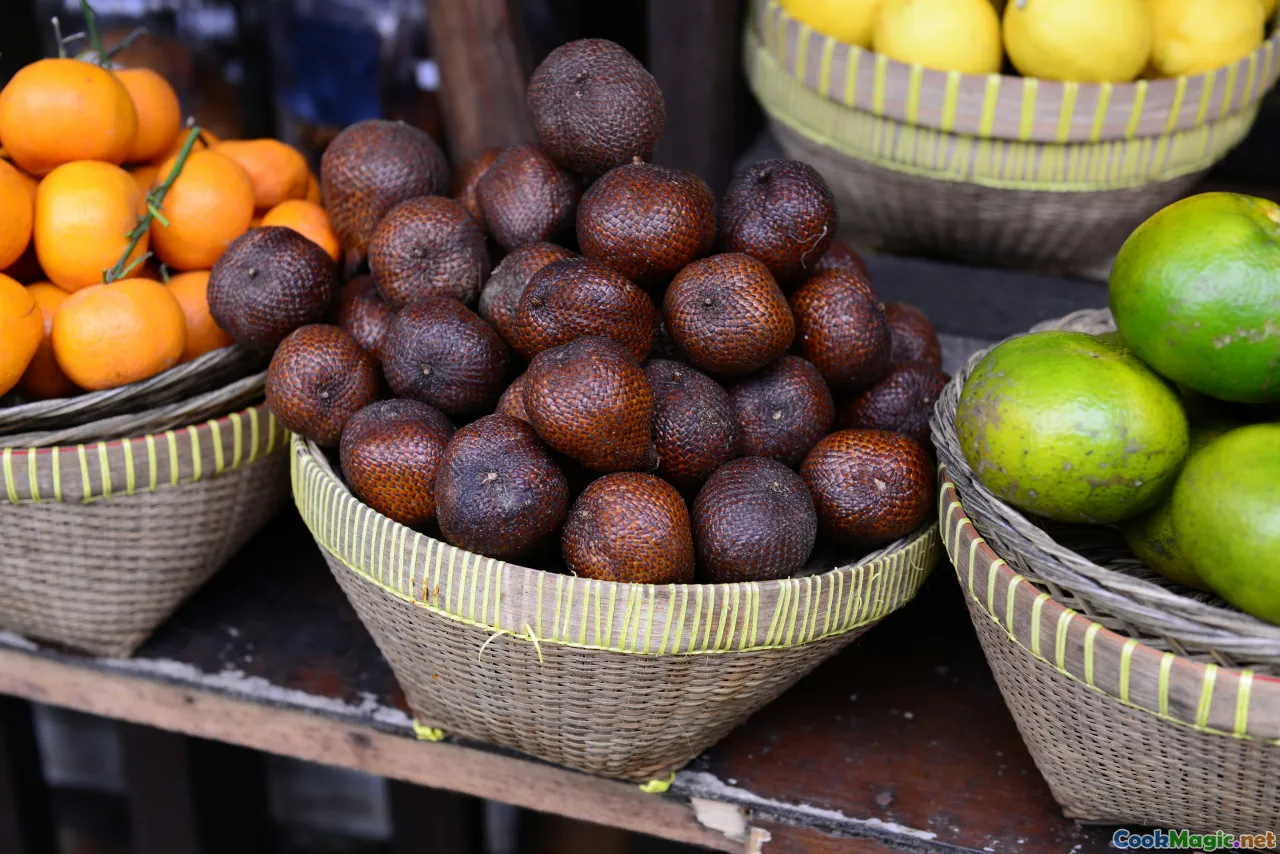
The Vital Role of Wild Fruits in Congolese Diets
Deep in the lush heart of the Congo, where rainforests whisper ancient secrets and vibrant wildlife dances between towering trees, lies a treasure trove that has nourished local communities for generations: wild fruits. These unassuming gifts of nature are far more than simple snacks; they are woven into the cultural fabric, culinary traditions, and everyday lives of the Congolese people. If you've ever wandered through a Congolese village or explored its dense forests, you’ve likely encountered the intoxicating aroma of ripe wild fruits—every scent carrying stories of history, resilience, and a profound connection with the land.
In this exploration, we’ll peel back the layers of this rich tradition, delve into the sensory delight of wild fruits, and understand why they remain vital to the Congolese diet—not just as nourishment, but as symbols of cultural identity and ecological harmony.
The Cultural Tapestry of Wild Fruits in Congo
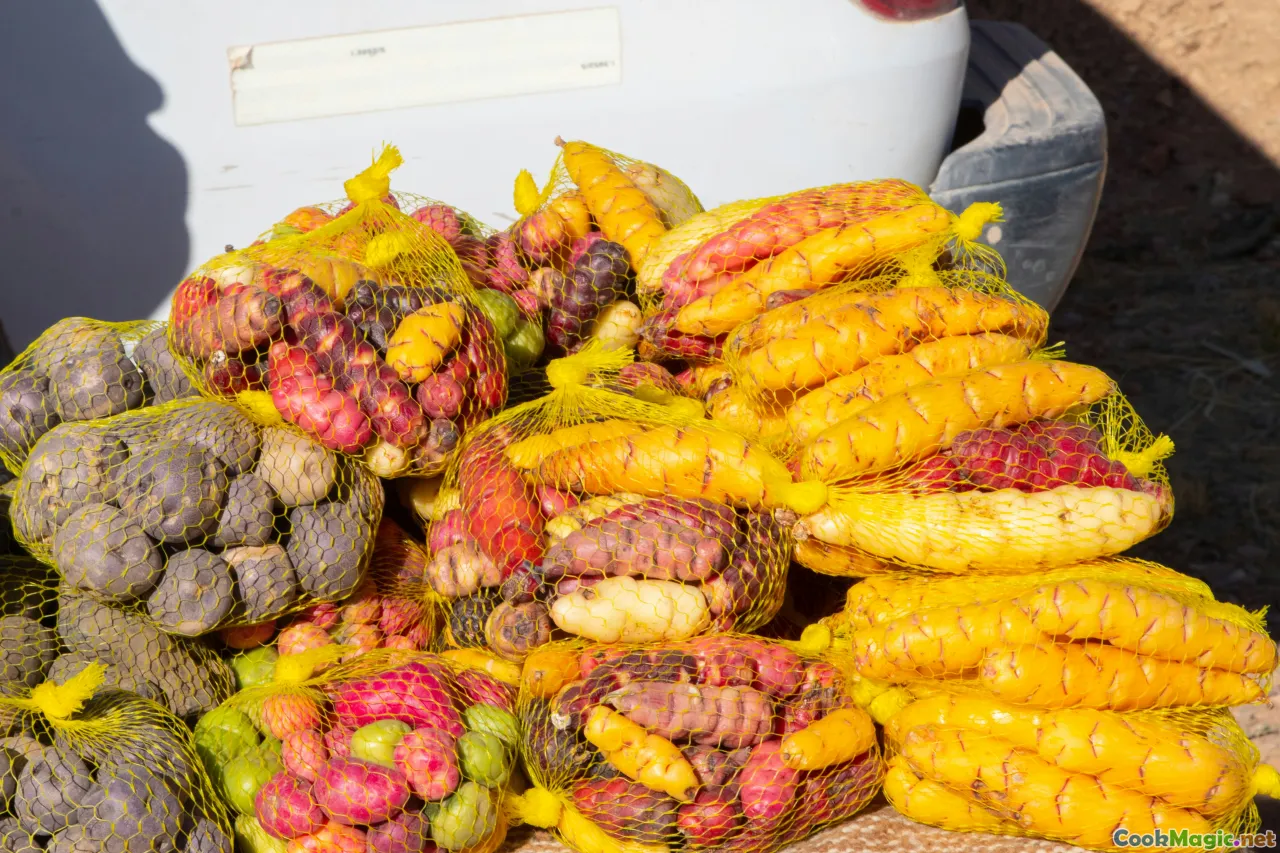
The Congo’s vast forested landscape isn’t just a backdrop; it’s a vibrant marketplace where wild fruits emerge at every turn. These fruits have been integral to the Congolese way of life for centuries, shaping cuisine, medicinal practices, rituals, and social gatherings.
Traditional Congo elders often recount stories of foraging expeditions—early dawn ventures guided by dawn chorus and the scent of ripening fruits, like the sweet aroma of safou (African plums) or the sticky, aromatic pulp of mbekwu (wild figs). These gatherings are more than food collection; they're communal rites that reinforce bonds, transmit folklore, and serve as occasions for sharing blessings from the land.
For example, during the dry season, women gather under the shade of Baobab trees to exchange knowledge about ripe seasonal fruits, while children play hide and seek among the bushes, eagerly awaiting their share of delicacies. Wild fruits like safou, osher, and mununu (longan berries) adorn the tables at festivals—adding not just flavor but a touch of ancestral reverence.
Wild Fruits: Nature’s Nutritional Powerhouses
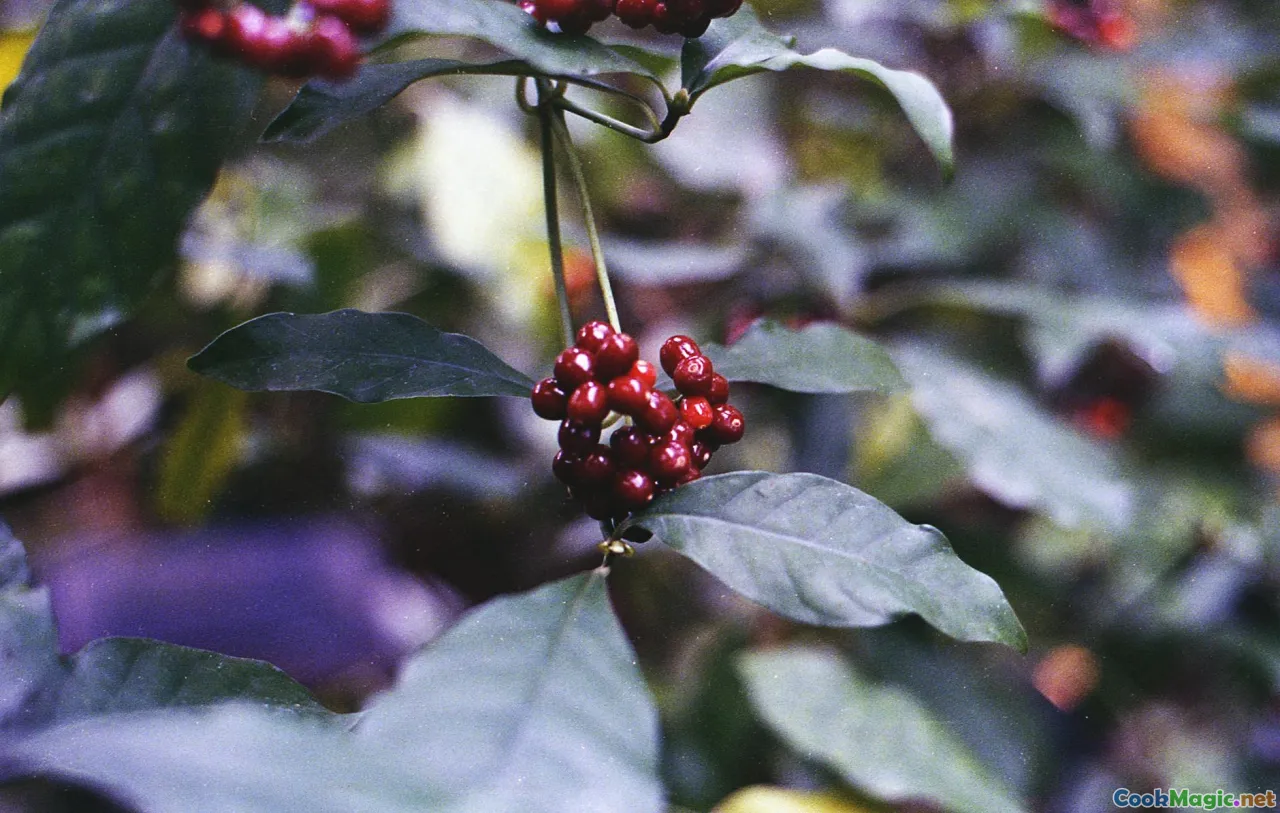
While their beauty is evident, the nutritional richness of Congolese wild fruits is truly remarkable. Rich in vitamins, antioxidants, and phytonutrients, these fruits are an essential supplement to the local diet, often bridging nutritional gaps.
Take safou—a small, oval-shaped fruit with scaly, purple skin—rich in healthy fats, vitamin C, and antioxidants. Its creamy pulp, once mashed, offers a burst of savory and slightly tangy flavor that complements traditional dishes. Similarly, mununu or longan berries are packed with vitamin A and iron, fueling the energetic demands of farmers and hunters.
Wild fruits also contain natural sugars that provide an energetic boost during long days working in the forests or fields—acting as both sustenance and medicine. Indigenous knowledge recognizes these benefits; some communities prepare decoctions from certain berries to treat ailments like diarrhea or fever, emphasizing the profound health value embedded in nature’s pantry.
Savoring Congolese Wild Fruits: From Forest to Table

Using wild fruits in cooking is an art that blends patience, tradition, and culinary creativity. Many dishes are built around these regional gems, transforming natural bounty into delightful, novel flavors.
How to Incorporate Wild Fruits into Everyday Meals:
- Safou Roasts: Fresh safou is often roasted over open flames until the skin chars slightly, releasing a smoky aroma. It is then mashed with a pinch of salt or chili—serving as a side dish akin to Jewish olives or Italian olives.
- Fruits in Soups and Stews: Mununu berries can be added late in the cooking process to imbue thick stews with a subtle sweetness, balancing spicy or sour elements, typical of Congolese cuisine.
- Fruit Juices and Jams: Elderberries or osher can be pressed into refreshing juices—zesty, tangy, and vibrant—or turned into preserves that highlight their intense flavor, enjoyed during festive gatherings.
- Snacks and Street Food: Market stalls often serve dried or candied wild fruits, providing a sweet respite amid busy days of trading or farming.
Personal Tip:
For cooks visiting Congo, I recommend exploring local markets early in the morning. The air fills with the scent of ripening wild fruits, each vendor offering freshly picked treasures, promising the essence of the forest’s generosity.
Wild Fruits in Traditional Congolese Rituals and Celebrations
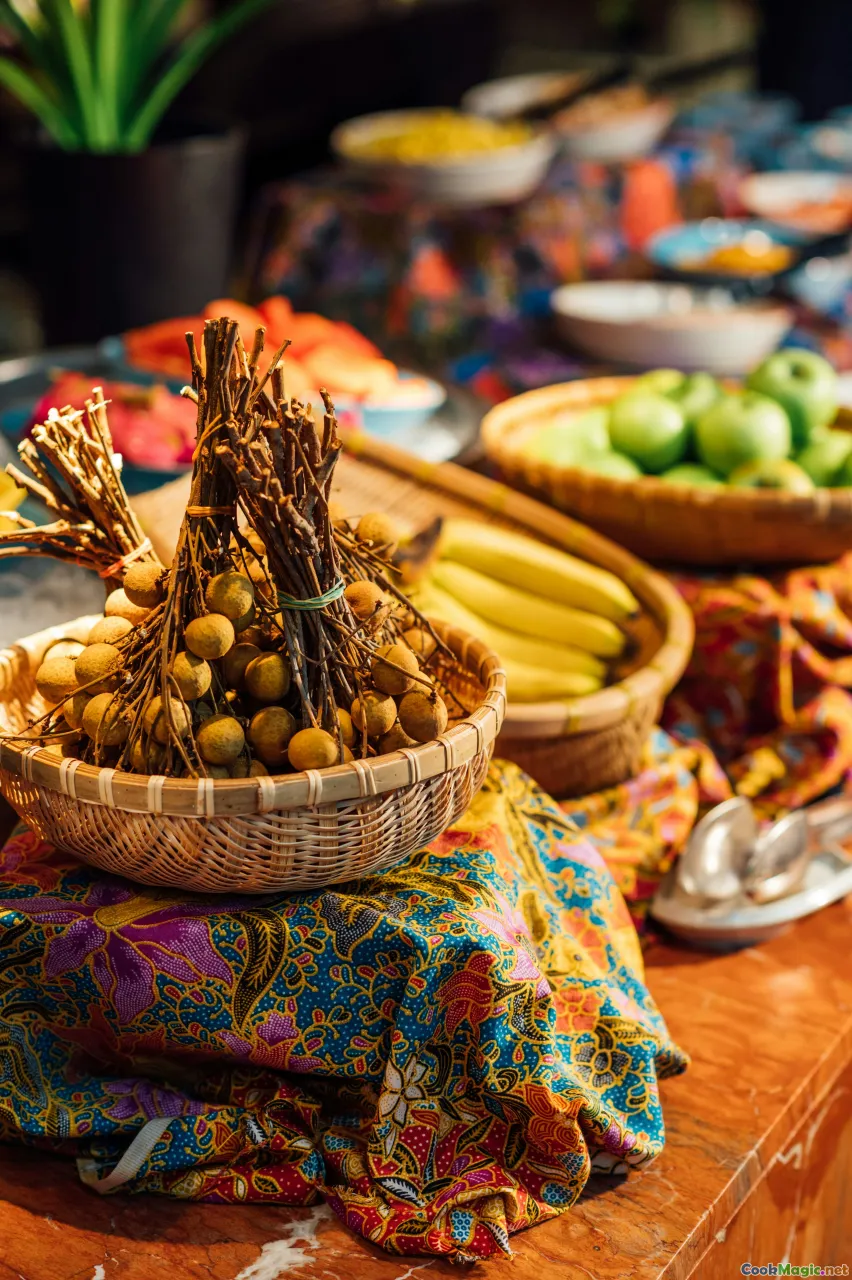
Beyond nourishment, wild fruits also hold a sacred place in Congo’s spiritual and ritual contexts. They are offered to ancestors, used in rites of passage, and incorporated into ceremonies that mark life’s milestones.
In many villages, a ritual known as M mama ya mbangu involves offerings of wild fruits to ancestral spirits, believed to invite blessings and protection. These offerings often include safou, mununu, and other seasonal catch, laid out meticulously on woven mats beneath sacred trees.
Festivals celebrating the harvest or honoring spirits frequently feature wild fruit displays—symptomatically, a testament to their significance as spiritual connectors.
Challenges and Conservation: Ensuring the Future of Wild Fruits
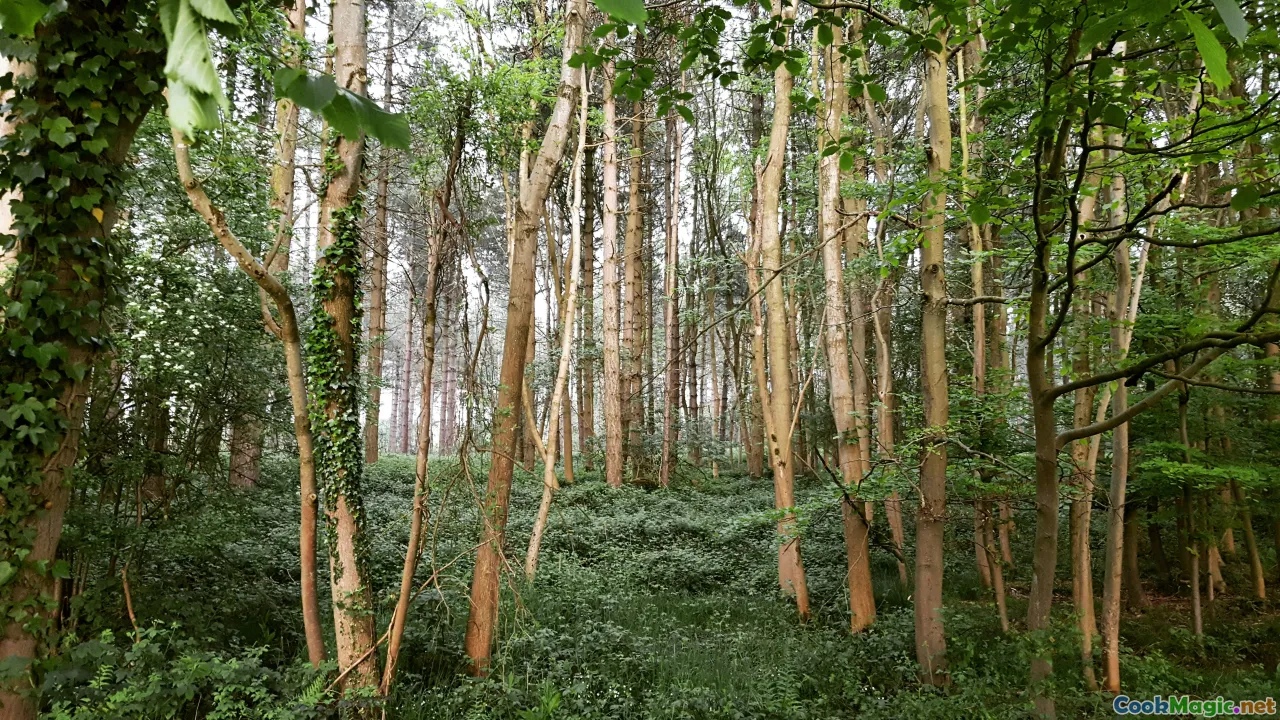
While wild fruits are treasures, their future hinges on sustainable practices. Deforestation for logging, agriculture, and urbanization threaten forest flora, risking the loss of these traditional foods. Indigenous communities are increasingly engaged in conservation efforts—establishing protected zones, promoting sustainable harvesting, and cultivating wild species.
As culinary enthusiasts and lovers of Congolese culture, supporting eco-friendly endeavors and promoting awareness about the ecological and cultural importance of wild fruits can help preserve this vibrant part of Congolese heritage.
Bringing the Spirit of Congo’s Wilderness into Your Kitchen
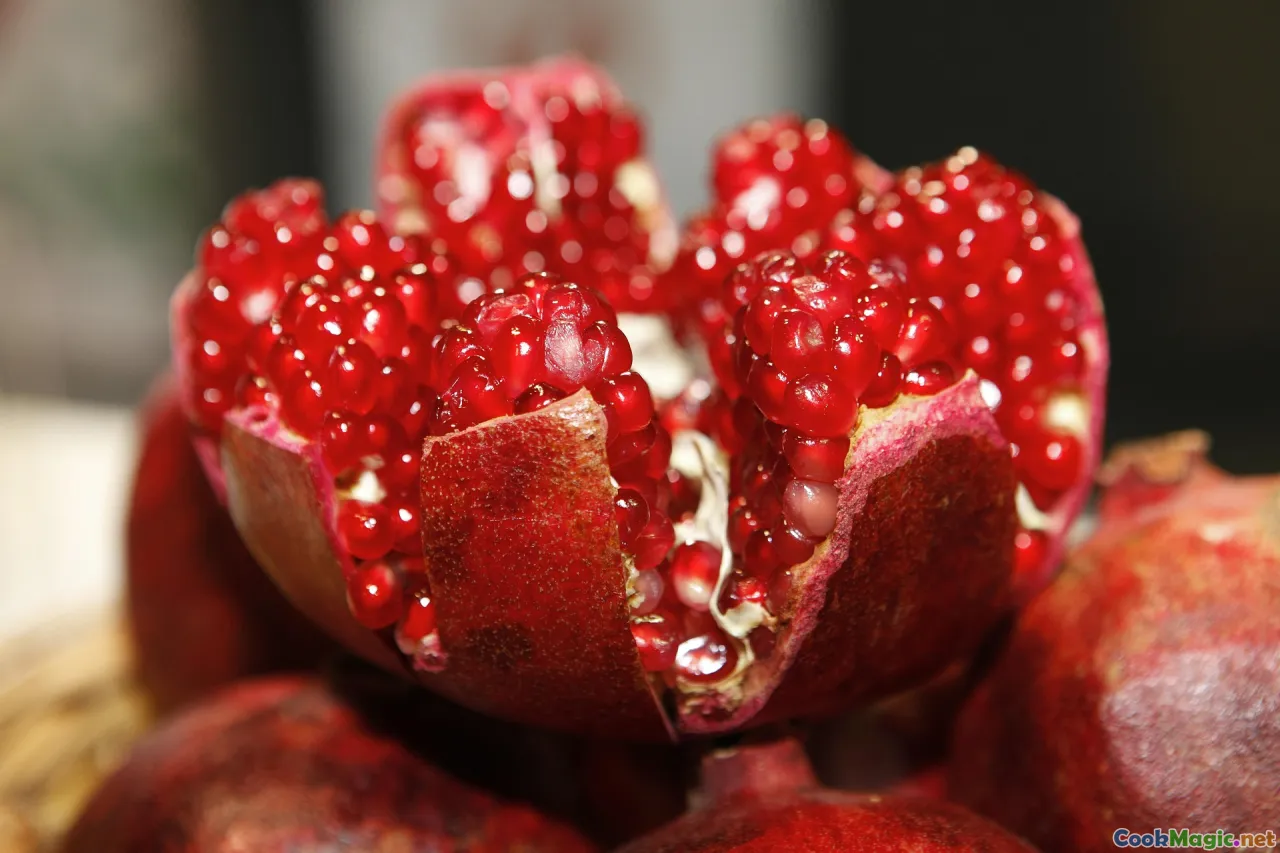
You don’t need to be in Congo to enjoy the marvels of its wild bounty. By sourcing authentic wild fruits—whether through specialty suppliers or local markets—you can bring a touch of Congolese wilderness into your home. Incorporate these radiant flavors into salads, smoothies, sauces, or even desserts.
Imagine a smoothie blending mununu berries with ripe mango, or safou mashed into a savory dip alongside roasted plantains—each bite a voyage through Congo’s vibrant landscapes.
Embrace the wild, cherish the tradition, and savor the flavors—here lies a culinary narrative as rich and diverse as the Congo itself.
Wild fruits are more than mere ingredients; they are living symbols of Congo’s enchanting environment and resilient peoples. Their importance is etched into the rhythm of daily life, preserved through generations, and waiting to be rediscovered by a world eager for authentic, wild flavors.
Let’s honor this bounty and ensure that the luscious tapestries of taste and tradition survive well into tomorrow, continuing to nourish both body and soul.









